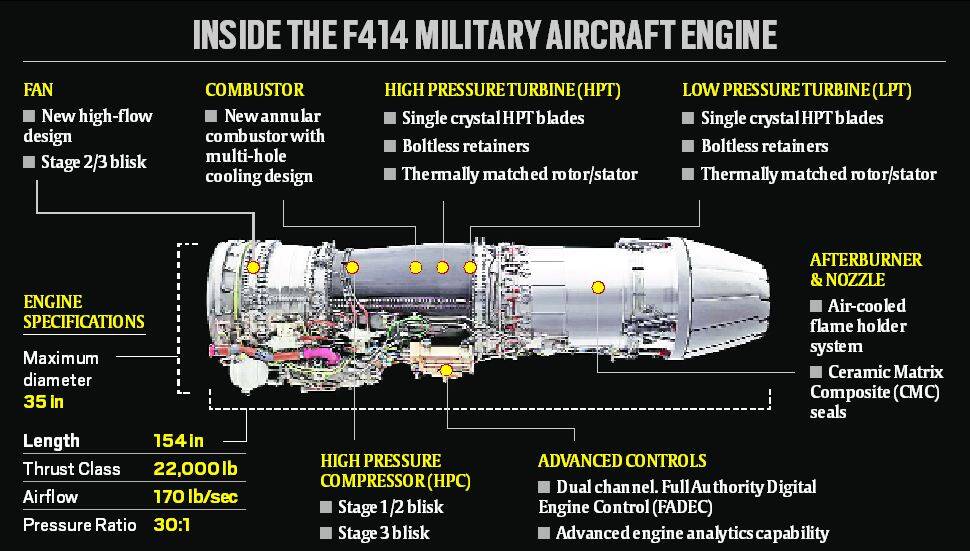900 319 0030
enquiry@shankarias.in
A landmark agreement to facilitate the transfer of at least 11 critical jet engine technologies is likely to be announced during Prime Minister Narendra Modi’s ongoing official State Visit to the United States.
The aircraft was envisioned as a supersonic jet, but failed to achieve its potential for want of a suitable engine and was eventually phased out.
 How crucial is the deal for India?
How crucial is the deal for India?